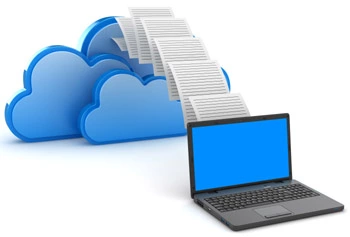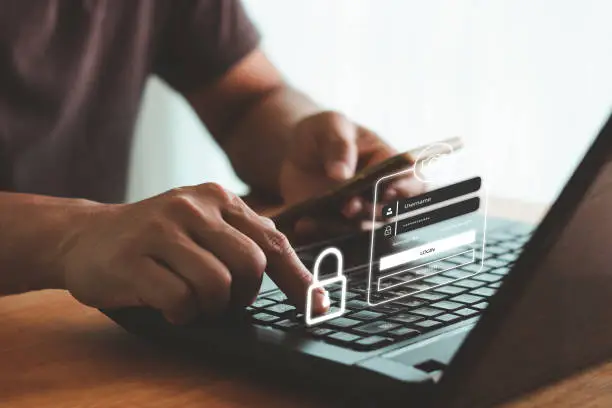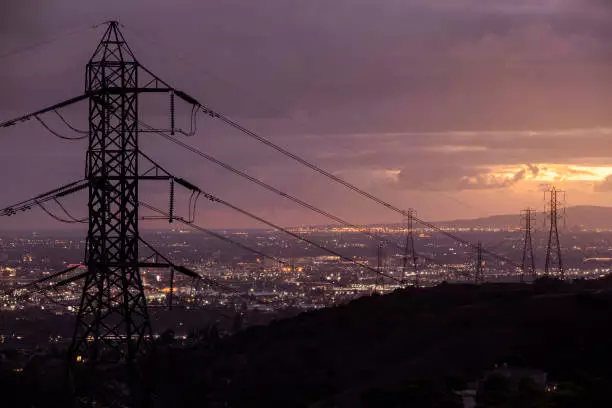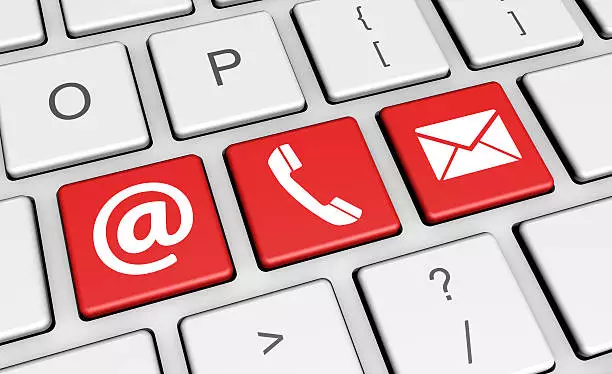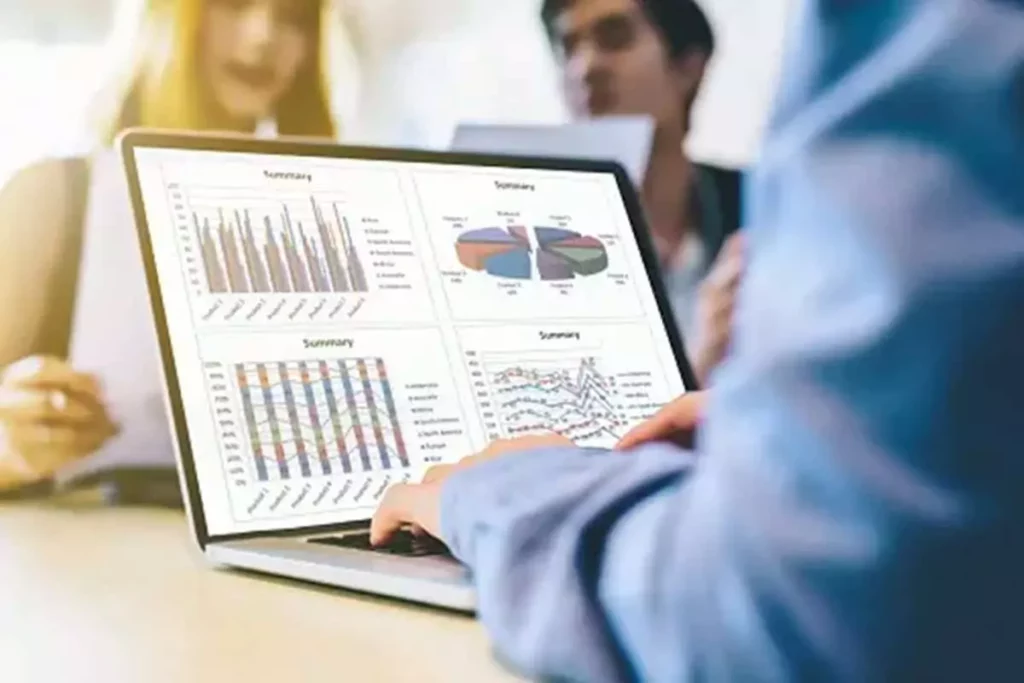Should you back up your cloud data?
So you’ve put your data in the cloud. Should you back it up? The short answer is Yes! This article explains why I think it’s essential. We put data in the cloud for different reasons. Sometimes it is the primary access point for our data, and it’s in the cloud for easy access from anywhere in the world. Or we might put the data in the cloud because, with today’s high standards for cloud security, it’s the safest place to manage confidential data. The cloud might be used as a backup of data that resides on our local computers or file servers. Your reasons for putting data in the cloud may vary, but here are the top reasons you should be backing it up yourself: While the provider may have features that let you restore or roll back files and folders to a previous point, these processes can take a long time, and the copies of files may not go back as far as you need them to. Consider a file that is accessed quarterly, and you don’t notice that in setting up the file for the next quarter, you accidentally overwrote last quarter’s good data. If your cloud provider only keeps copies for 30 days, your last quarter’s data is lost! A backup is only as good as the last test proves it to be. Many folks don’t find out their backup system doesn’t work until they need to restore something. By then it’s too late. Cloud providers may not be clear about what is backed up, how often, or how long and cumbersome it can be to restore the data when you need to. If your cloud provider experiences a failure, your data will be inaccessible. While it’s unlikely to be a permanent, catastrophic failure, the provider may be down for a long time. What will it cost you or your business to lose access to the data for a couple of days or more? With your local copy, you can restore the file quickly. If your Internet Connection fails for an extended period, you will want to restore your backup locally to get back up and running. You’ll be glad you had a local copy to fall back on! Cloud data is not impervious to crypto-locker-type viruses. Especially true when you have a drive mapped to the data source. If a folder or group of files is encrypted and this compromise goes undetected for some time, your only recourse will be to restore a local backup. Having a local backup is inexpensive insurance and makes good sense. The ability to restore a backup locally provides your business with a great contingency plan to keep you up and running should the cloud provider go down for any reason.
Should you back up your cloud data? Read More »

